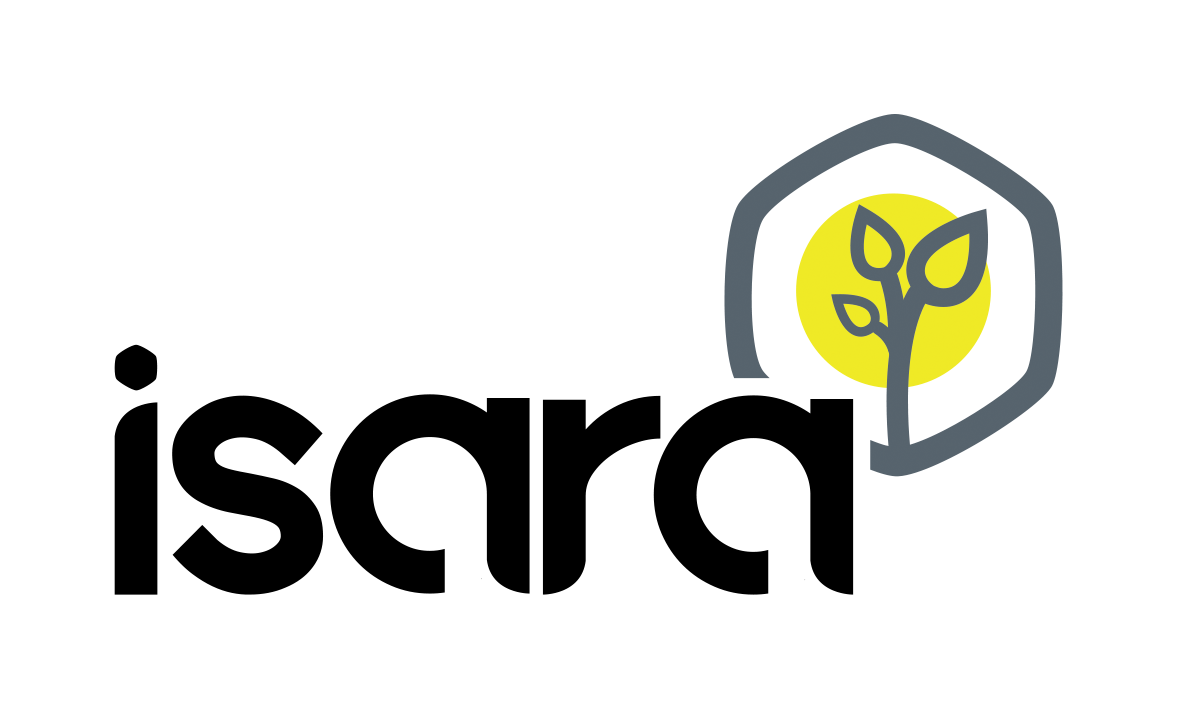Weed community shifts during the aging of perennial intermediate wheatgrass crops harvested for grain in arable fields
Résumé
The development of a perennial grain offers opportunities to diversify annual crop rotations, with potential benefits in terms of soil protection. Perennials could also reduce weed development over time through yearround soil cover and longer growing seasons. However, whether weeds would actually decrease remains mainly theoretical, with field data on perennial grains remaining sparse. Qualitative changes might also have an effect, because disturbance and modifications to resource regimes drive shifts in weed communities. Here, we analyzed weed abundance, composition, and traits in three arable fields containing perennial grain over a 4-year period. Specifically, intermediate wheatgrass (IWG) perennial grain (Kernza) was cultivated. IWG grain production was maximal during the first and second growing seasons (899 and 854 kg.ha-1 respectively), with total biomass production peaking in the second year (mean: 11.9 t DM.ha-1). However, reproductive effort noticeably dropped in the third and fourth years. Weed biomass also gradually reduced during the fall of all years (mean: ~0.4-~0.03 t DM.ha-1), but remained constant in spring (mean: 1-2 t DM.ha-1). During spring, the community composition of weeds shifted from broadleaves to grass species and, to a lesser extent, from annuals to perennials, with weed species having an earlier phenology than IWG. Thus, relative fitness appeared to be the strongest driver of weed community composition in aging IWG stands. Weed species richness systematically declined over the years. Specific leaf area, height, light, and nitrogen requirement index of weed communities provided poor descriptors of community shifts; however, all weed species with high light requirements were excluded from aging IWG stands. IWG capacity to compete with weeds might have been undermined by its late growing cycle, absence of forage harvest during the growing season, and substantial initial weed development during establishment (first year of growth). Thus, before IWG establishment, initial site conditions and land use history should be considered to implement the best management strategies for each field. Important weed development in perennial grain fields could lead to high weeding requirement, either mechanical or chemical, in conflict with the initial principle of increasing sustainability and reducing inputs.
Origine : Fichiers produits par l'(les) auteur(s)


